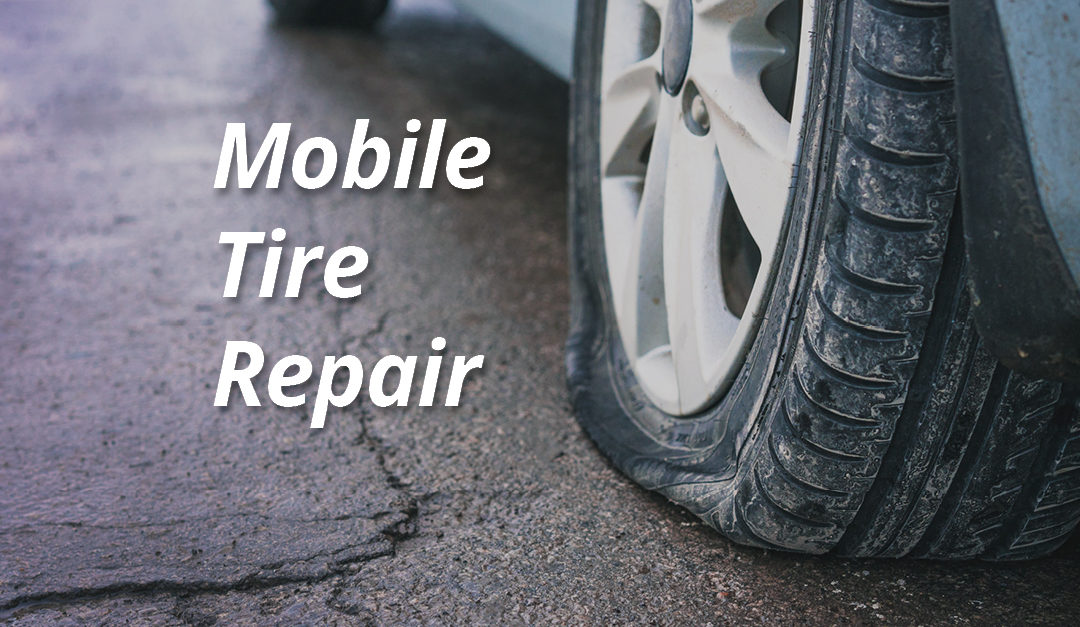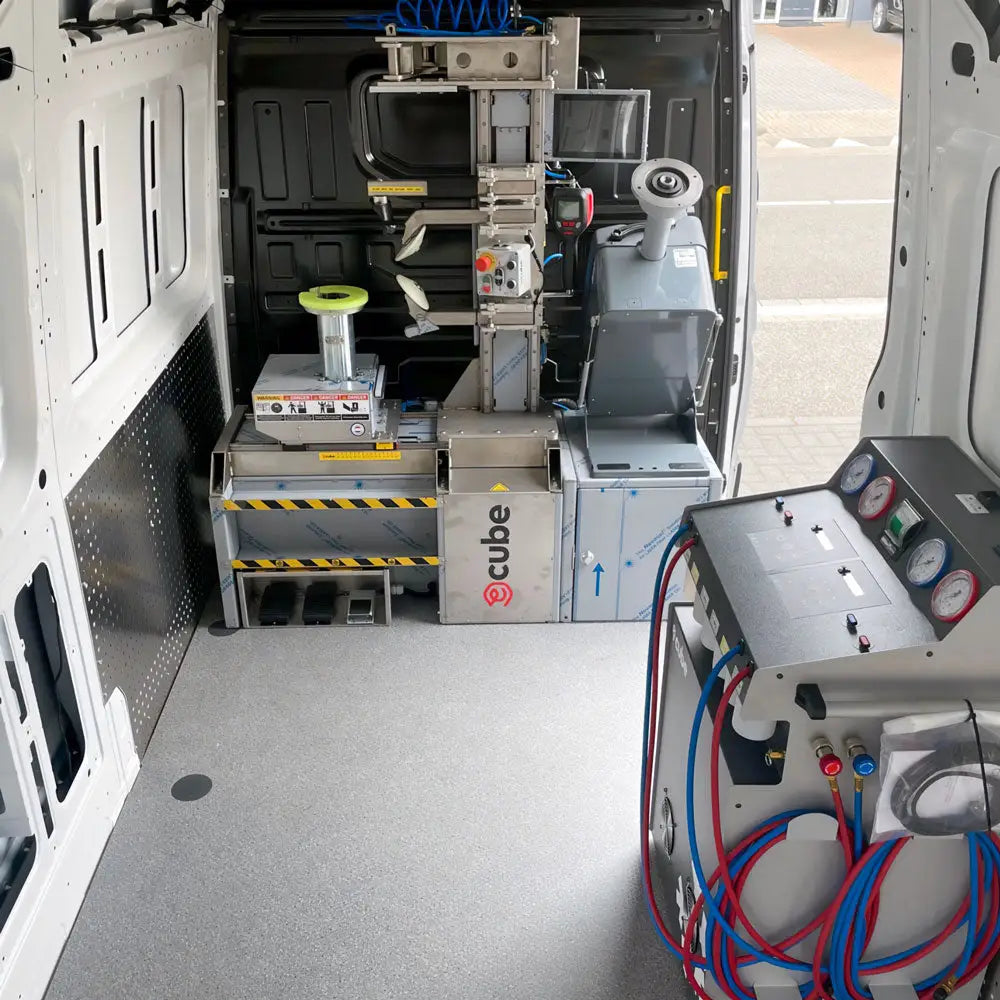Tire Solution: Proven Methods for Ideal Tire Upkeep and Treatment
Preserving optimum tire condition is critical for both safety and efficiency of any vehicle. From making certain proper tire stress to regular turning and placement, there are tried and tested approaches that can significantly prolong the life expectancy of your tires and enhance total driving experience. As we discover the intricacies of tire care and maintenance, we will discover necessary standards that every vehicle proprietor ought to stick to for the very best possible outcomes. Let's dive into the globe of tire solution and discover the keys to maintaining your tires in first-class form for the long haul.
Relevance of Tire Stress
Appropriate tire pressure is an important variable in making certain optimal vehicle performance and safety when driving. Maintaining the advised tire stress degrees offered by the manufacturer uses various benefits. Appropriate tire stress advertises better fuel performance, as under-inflated tires can lead to boosted rolling resistance, triggering the engine to work harder and consume even more gas. Secondly, appropriate tire stress makes sure also tread wear, improving tire long life and conserving money in the future by postponing the need for early substitutes. In addition, correctly blew up tires add to boosted handling and braking capabilities, crucial for safe driving in various roadway conditions. Over-inflated tires, on the other hand, can cause lowered traction and a harsher experience. Alternatively, under-inflated tires are prone to overheating, which can bring about blowouts and accidents. Routinely inspecting and changing tire stress, especially before long journeys, is a basic yet reliable way to enhance lorry performance, expand tire life expectancy, and focus on safety when driving.
Tire Rotation Guidelines
When thinking about tire turning guidelines, it is crucial to comprehend the importance of this maintenance job in optimizing tire life expectancy and maintaining optimum car efficiency. Tire rotation includes transforming the placement of each tire on a vehicle to make certain also step wear. Front tires often tend to put on more swiftly than rear tires as a result of guiding pressures, making regular rotation essential for balanced wear patterns. The recommended rotation pattern differs depending on whether an automobile is front-wheel, rear-wheel, all-wheel, or 4x4. Usually, tires need to be revolved every 5,000 to 7,500 miles, or as recommended in the automobile guidebook. Neglecting tire turning can bring about irregular wear, affecting handling, traction, and potentially compromising automobile safety. By sticking to correct turning standards, vehicle drivers can prolong the life of their tires, enhance fuel effectiveness, and enhance total driving experience. Routine turning is a simple yet efficient upkeep practice that adds substantially to tire durability and lorry efficiency.

Benefits of Wheel Placement
Making certain appropriate wheel positioning after tire turning is essential for keeping well balanced wear patterns and making the most of car efficiency. Furthermore, proper wheel positioning assists to expand the life expectancy of your tires. Misaligned wheels can trigger unequal tire wear, leading to premature tire substitute and raised upkeep expenses.

Tire Footstep Depth Check
Carrying out a normal inspection of tire walk depth is necessary for maintaining safe driving conditions and extending the lifespan of your tires. Unequal step wear can indicate problems with tire suspension, alignment, or pressure, highlighting the value of regular tread depth checks. By incorporating tire tread deepness checks right into your regular maintenance routine, you can drive with confidence knowing that your tires are in top problem.
Seasonal Tire Inspection
A detailed evaluation of tire problem tailored to certain climate condition is important for keeping optimal performance and security throughout the year. Seasonal tire inspection is a basic facet of tire maintenance that makes certain tires are all set to encounter the obstacles positioned by various weather. To prepare for wintertime, it is necessary to examine the tire stress regularly as cool temperature levels can trigger tire stress to drop. Examining tire step depth is additionally essential to guarantee appropriate grip on snow and ice-covered roadways. In addition, looking for indicators of damage, such as bulges or splits, can help prevent prospective tire failings. As the periods change, it is necessary to assess tire problem and make any type of necessary modifications to ensure safe driving. By conducting routine seasonal tire inspections, chauffeurs can prolong tire life expectancy, enhance fuel effectiveness, and most significantly, make sure a secure driving experience in varying weather - Mobile Tire Repair Las Vegas.
Final Thought
To conclude, keeping proper tire pressure, turning tires on a regular basis, aligning wheels correctly, monitoring walk depth, and conducting seasonal inspections are crucial practices for optimal tire treatment. By complying with these proven methods, chauffeurs can ensure their tires last much longer, perform better, view it now and add to general lorry safety. It is very important to prioritize tire upkeep to avoid mishaps, boost gas efficiency, and lengthen the life-span of tires.
Appropriate tire stress promotes far better gas performance, as under-inflated tires can lead to boosted rolling resistance, creating the engine to function harder and consume even more gas.When thinking about tire rotation standards, it is essential to understand the importance of this maintenance job in making best use of tire life expectancy and preserving optimal car performance. Seasonal tire assessment is an essential element of tire upkeep that ensures tires are ready to encounter the difficulties presented by different climate problems. By carrying out regular seasonal tire examinations, motorists can extend tire life expectancy, enhance gas performance, and most notably, ensure a try here safe and secure driving experience in varying climate problems.
In conclusion, maintaining proper tire stress, turning tires frequently, straightening wheels appropriately, monitoring tread depth, and carrying out seasonal examinations are important methods for optimum tire care.